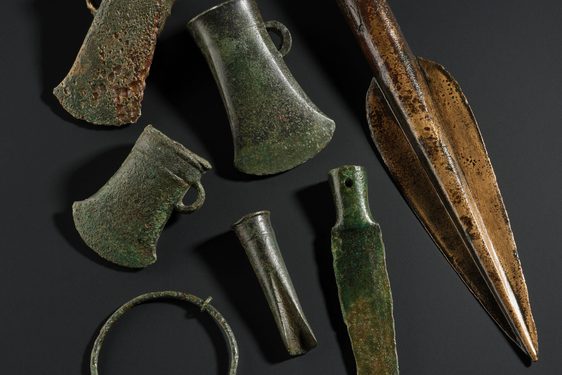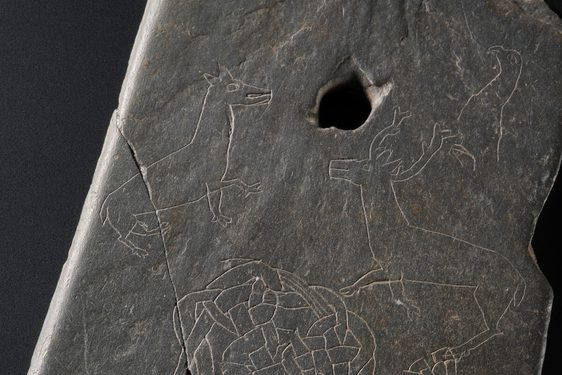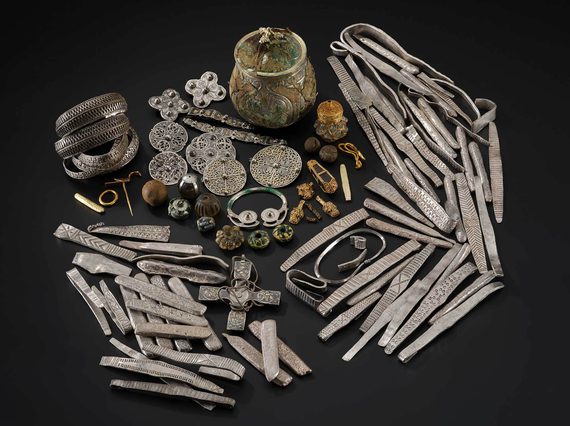
The Galloway Hoard
News Story
The Galloway Hoard is an exceptional treasure, discovered in 2014 by metal detectorists at Balmaghie, Kirkcudbrightshire. It contains over 5kg of silver, gold and other materials dating to c AD 900.
The careful way it was buried helped preserve incredibly rare organic materials such as silk and other textiles. With its unique range of rare objects and ancient heirlooms, it has transformed our understanding of the era we call the Viking Age in Scotland.
Cutting-edge scientific analyses and years of detailed research allow us to reconstruct the biography of each object in the Hoard. Organic textile wrappings and containers show how these prized belongings were prepared for burial in the Viking Age. The remarkable survival of objects bearing personal names brings us closer than ever to the people who witnessed these dramatic times. These pages will help you explore the various parts of the Galloway Hoard.
Related items
- Discover
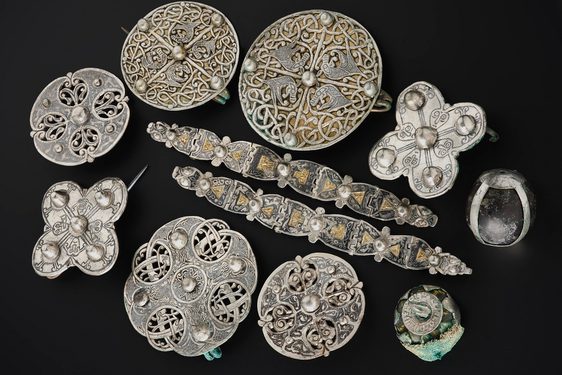
What is the Galloway Hoard?
The Galloway Hoard is the richest collection of rare and unique Viking-age objects ever found in Britain or Ireland. - Discover
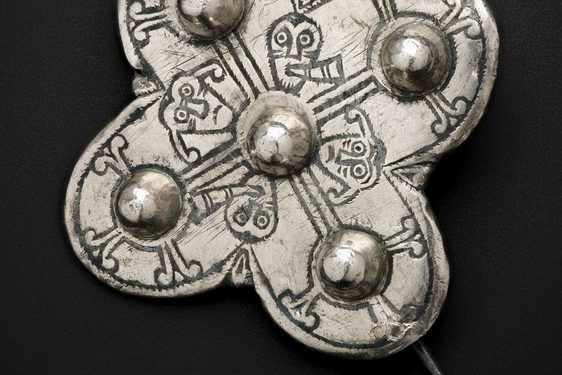
Highlights from the Galloway Hoard
The Galloway Hoard is one of the most important UK archaeological finds of the century. This incredible discovery comprises more than 100 objects, some of which are incredibly rare or unique.There is an unparalleled range of rare materials… - Discover
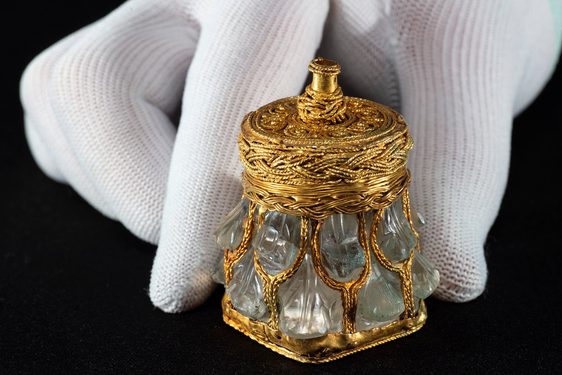
Investigating the Galloway Hoard rock crystal jar
Some of the Galloway Hoard's most precious treasures were found packed in a silver-gilt lidded vessel. One of them was a unique object made of rare rock crystal fitted with gold. It has a fascinating history as well as an intriguing name… - Discover
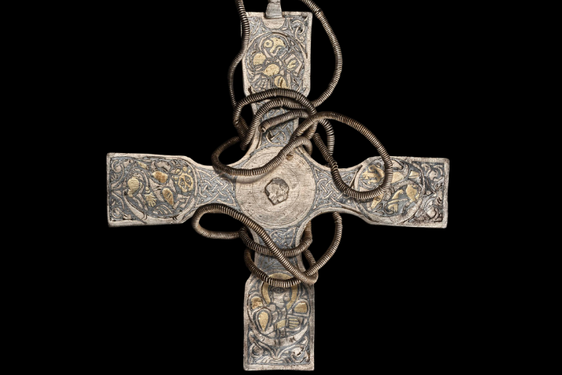
A rare pectoral cross in the Galloway Hoard
Viking-age hoards are known for their large amounts of hacksilver. These are silver objects cut up and valued for their weight. Complete objects are rare from these silver hoards. A well-preserved pectoral cross placed near the top of the… - Discover
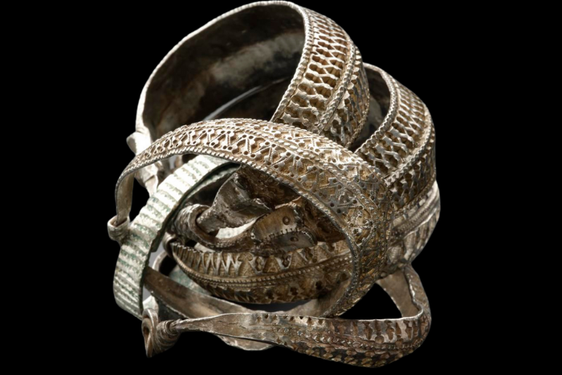
How ‘Viking’ is the Galloway Hoard?
When the Galloway Hoard was first unearthed in 2014, its piles of silver arm-rings and ingots made it seem like a classic Viking hoard. The more that we learn about it, the less ‘Viking’ it looks, even as it continues to give us incredible… - Discover
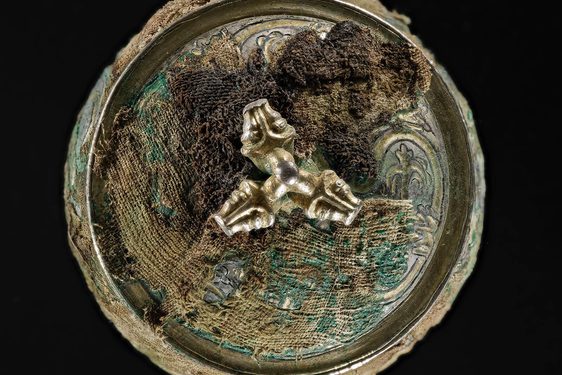
A treasure in its own right: The Galloway Hoard vessel
The lidded vessel in the Galloway Hoard is like a hoard within a hoard. It was carefully packed to the brim with 27 objects. But the vessel is a treasure in its own right. - Discover
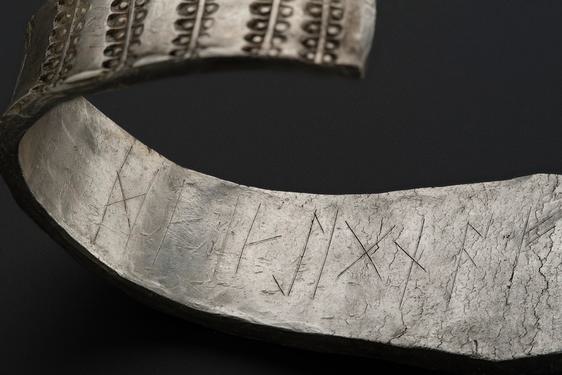
A runic revelation: Who owned the Galloway hoard?
With any hoard, some of the most common questions are about who buried it, and why. Usually, Viking-age hoards of silver are a mix of anonymous ornaments, often hacked into pieces. If we’re lucky, there may be coins which at least help us…

